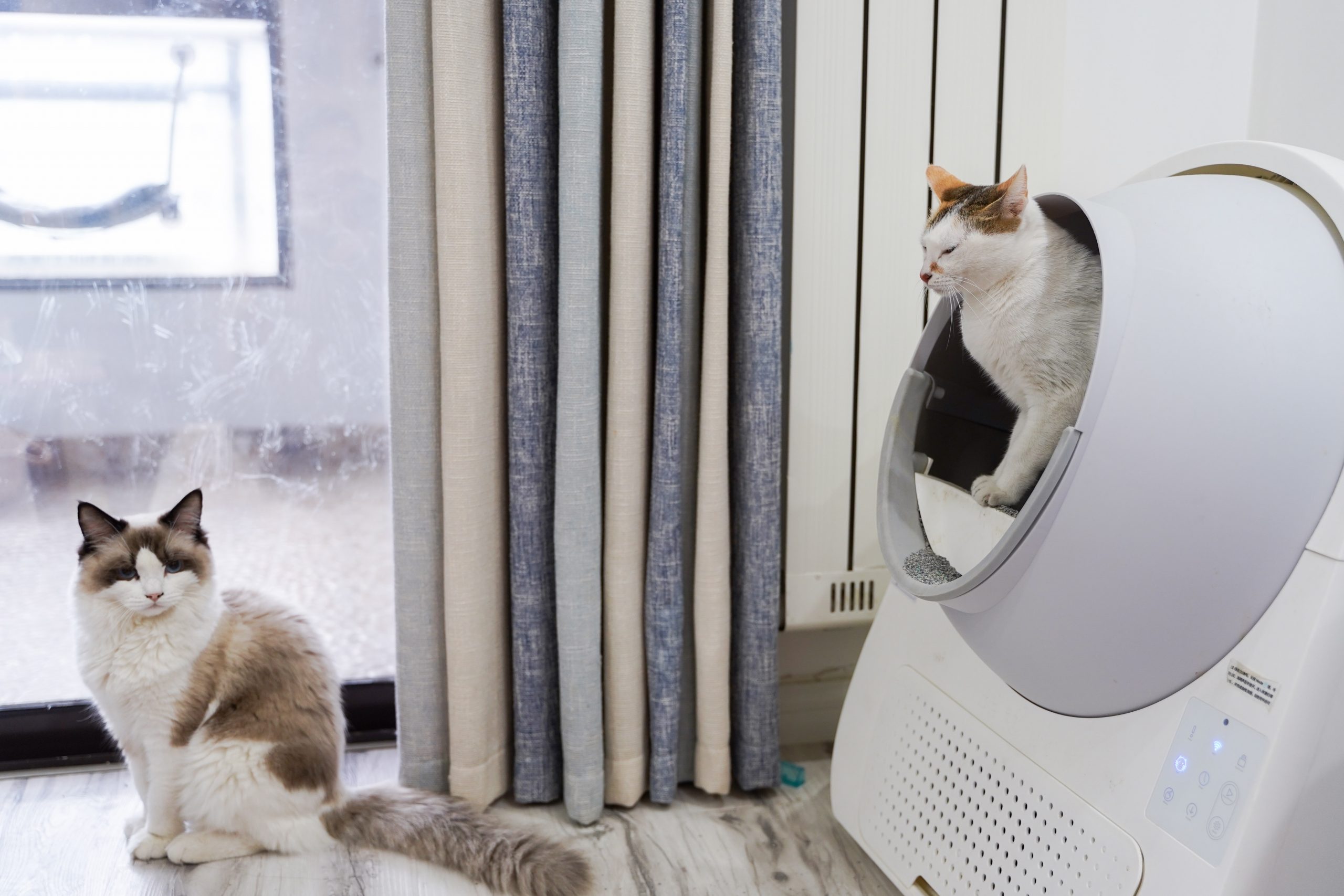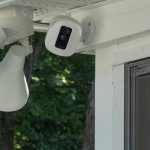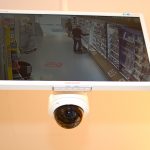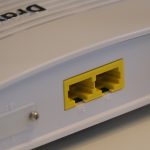Table of Contents
- Introduction to the Best Home Security Indoor Camera for Pets
- Features to Consider
- Top Picks
- Setting Up Your Camera
- Conclusion
- Frequently Asked Questions
Introduction to the Best Home Security Indoor Camera for Pets
If you’re a pet owner, you know how important it is to keep an eye on your furry friends. But with a busy schedule, it can be tough to constantly check in on them. That’s where an indoor home security camera comes in.
With the latest technology, these cameras allow you to monitor your pet’s activities from anywhere, at any time. Not only will an indoor camera provide peace of mind when you’re away from home, but it can also help you keep an eye on your pet’s well-being and prevent any accidents or mishaps.
But with so many options on the market, it can be tough to determine which camera is best for your needs. That’s where this comprehensive guide comes in.
We’ll go over the top features to look for in a pet-friendly indoor camera, as well as our top picks for the best home security cameras for pet owners. Plus, we’ll provide a step-by-step guide on how to set up your new camera and get started with monitoring your pet’s activities.
Whether you have a curious kitten or a mischievous pup, an indoor camera can help keep your pet safe and secure while you’re away.
Features to Consider
When it comes to selecting the best indoor camera for your pet, there are certain features to consider in order to ensure it meets your needs.
Firstly, consider the camera’s field of view. You want to be able to see as much of the room as possible, so look for a camera with a wide-angle lens. This will allow you to see your pet’s entire play area, as well as any potential hazards that may be lurking in the corners.
Another important feature to consider is the camera’s resolution. A higher resolution means a clearer image, which is especially important when trying to identify any potential problems or emergencies. Look for a camera that offers at least 1080p resolution, if not higher.
Night vision is also an important feature to have, as it will allow you to monitor your pet’s activities even when it’s dark outside. Consider a camera with infrared LED lights or a black-and-white mode for optimal visibility in low-light conditions.
Lastly, consider the camera’s storage capacity. If you’re planning on using the camera to monitor your pet’s activities while you’re away from home, you’ll want a camera with a decent amount of storage so you can review the footage later on. Look for a camera with cloud storage or a microSD card slot for added convenience.
Overall, it’s important to choose a camera with features that will meet your specific needs as a pet owner.
Top Picks
Pet owners looking for a reliable home security system should consider purchasing one of the top-rated security cameras available today. With helpful features like motion detection and real-time alerts, these cameras offer peace of mind for pet owners.
For example, the Furbo Dog Camera is also an excellent choice for pet owners as it comes with a barking sensor to alert them if their pup is barking or misbehaving while they’re away.
The Petcube Bites is yet another excellent choice that provides live-streaming video, and two-way audio communication, and even works with Amazon Alexa for added convenience.
For budget-conscious pet owners, the Wyze Cam is a great option that offers advanced motion tracking, color night vision, and a voice control system — all at an affordable price.
By investing in an indoor camera for your pet, you can rest assured that your furry friend is safe even when you’re away. No matter which camera best fits their particular needs, pet owners can rest assured they will receive good value from any of these top-rated security camera solutions.
Setting Up Your Camera
Setting up your new indoor home security camera is a quick and easy process. Follow these steps to get started with monitoring your pet’s activities in no time:
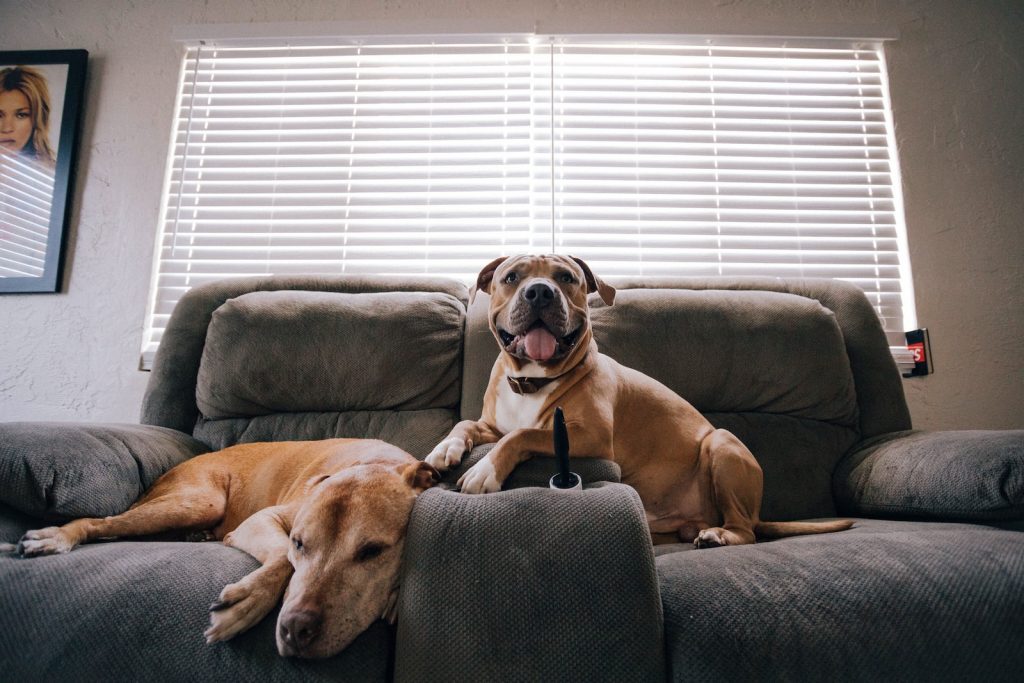
First, choose the ideal location for your camera. You’ll want to position it in a spot that provides a good view of your pet’s favorite spots, such as their bed or play area. Be sure to also consider the lighting in the room, as you’ll want the camera to capture clear footage.
Next, plug in the camera and connect it to your Wi-Fi network. Most indoor cameras have a simple setup process that involves downloading an app and following the prompts. If you have any trouble, refer to the camera’s user manual or contact the manufacturer for assistance.
Once your camera is connected to the internet, you’ll be able to access the live feed and control the camera’s settings from your smartphone or tablet. Some cameras also come with a remote control or voice control capabilities, allowing you to easily adjust the settings and view the footage from anywhere.
Finally, test out your camera’s features to make sure everything is working as it should. This may include adjusting the camera’s field of view, testing out the motion detection settings, or setting up alerts to be notified when your pet is up to something. With a little bit of tweaking, you’ll be able to customize your indoor camera to fit your pet’s needs and your peace of mind.
In addition to setting up your camera, there are a few other tips to keep in mind when using an indoor camera to monitor your pet. First, make sure your pet is comfortable with the camera. If your pet seems distressed or agitated by the presence of the camera, consider moving it to a different location or covering it with a cloth when it’s not in use.
Additionally, think about what kind of storage system your device uses and if you’re getting all the bells and whistles associated with it—features like motion detection can be especially useful when monitoring pets inside the home.
Finally, keep in mind that an indoor camera is not a replacement for human supervision. It’s important to still give your pet regular attention and care, even when you’re not at home.
Conclusion
When it comes to choosing a home security camera, there are many factors to consider. But if you’re a pet owner, there’s one more thing you need to keep in mind: finding a camera that’s pet-friendly.
In this article, we’ve outlined some of the best features to look for in a pet-friendly indoor camera. We’ve also included some of our top picks for the best home security cameras that are great for pet owners.
So if you’re in the market for a new indoor camera, be sure to keep these things in mind. And once you have your new camera set up, don’t forget to read our tips on how to use it effectively to help keep your pet safe and secure.
Frequently Asked Questions
Some of the best home security cameras for pet owners are the Furbo Dog Camera, Petcube Bites and Wyze Cam. These cameras are all designed to be pet-friendly and offer features like night vision, motion detection, and two-way audio for easy monitoring of your pet’s activities.
The features of a good home security indoor camera for pets include a wide field of view, clear video quality, and customizable alerts.
To choose the best home security indoor camera for pets, consider reading reviews from other pet owners and comparing the features of different models.
The benefits of using a home security indoor camera for pets include being able to monitor your pet’s activities from anywhere, at any time, and receiving alerts if any accidents or mishaps occur.
To set up a home security indoor camera for pets, follow the prompts on the camera’s app and connect it to your Wi-Fi network.
If you’re having trouble with your home security camera for pets, the first step is to check the manufacturer’s website or user manual for troubleshooting tips. If that doesn’t solve the issue, contact customer service or look online for other help options.
Moreover, make sure all cables are securely connected and that your device is running on the latest firmware.

